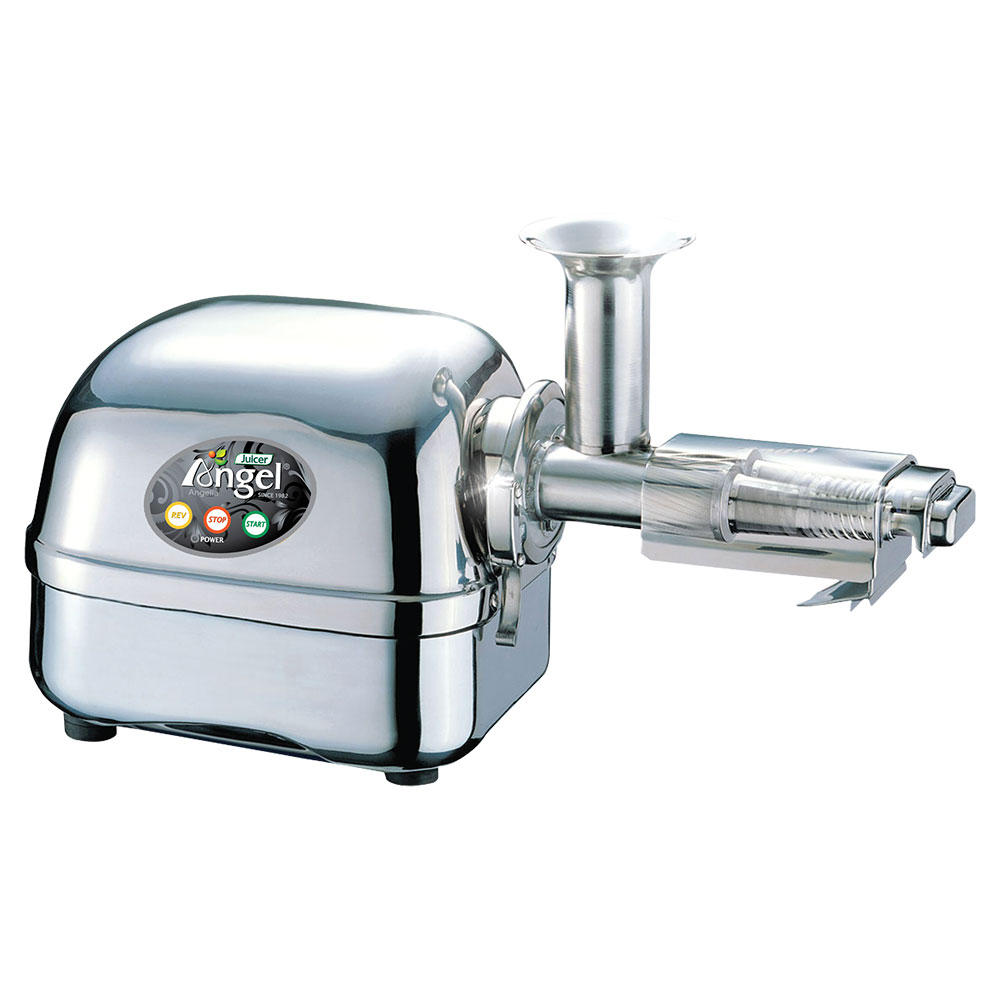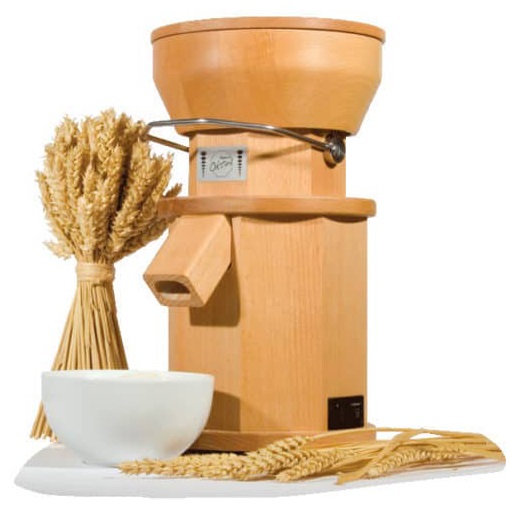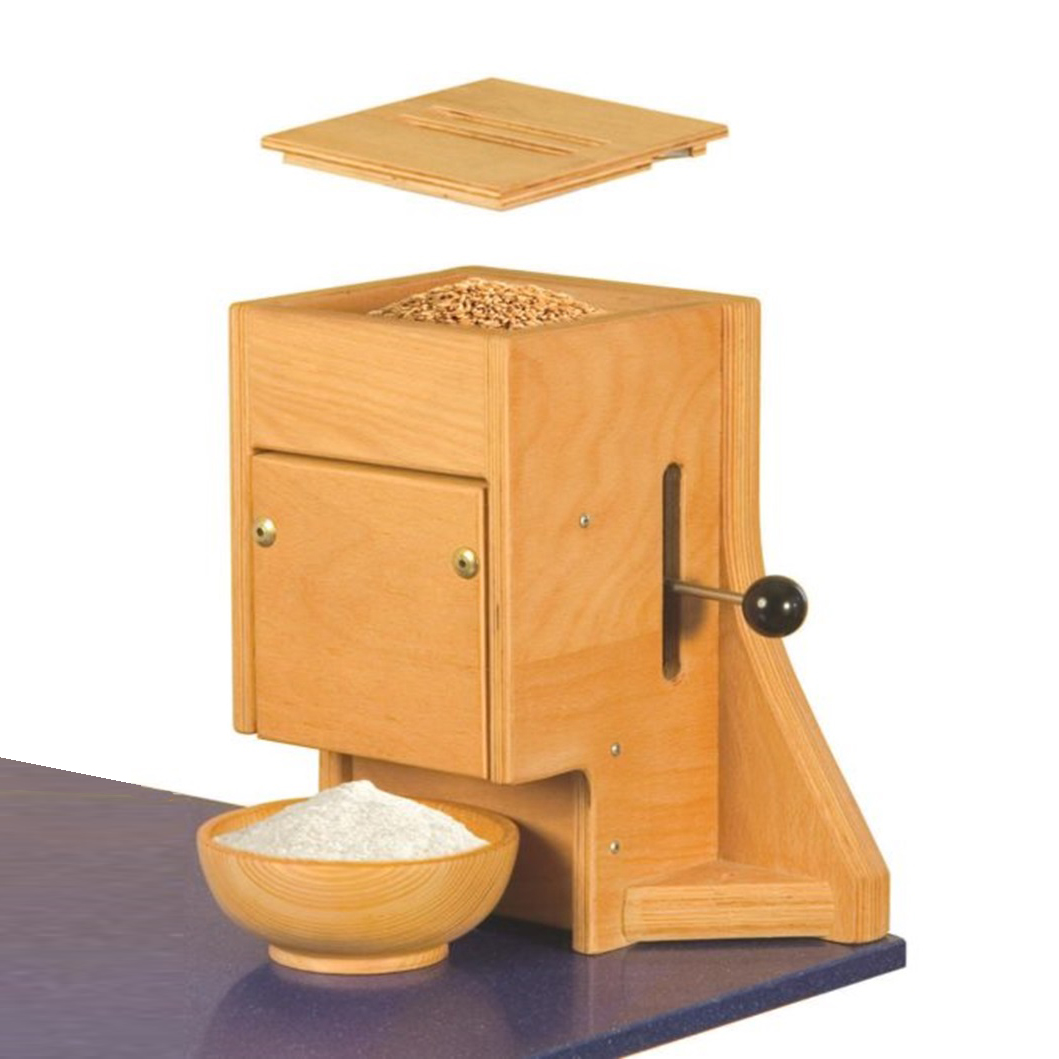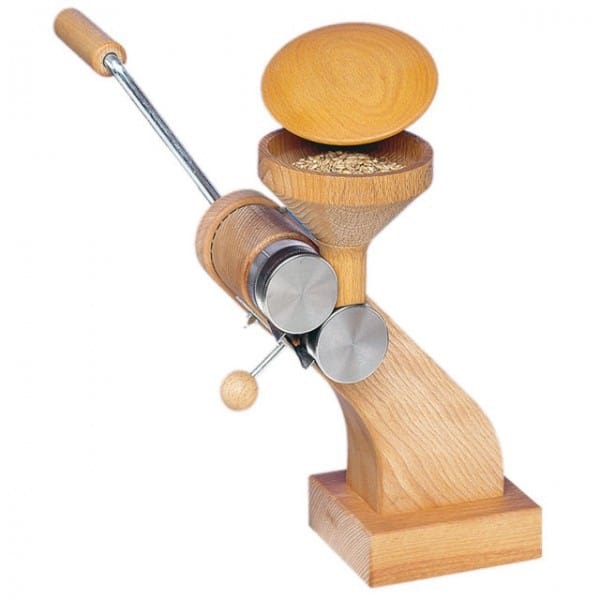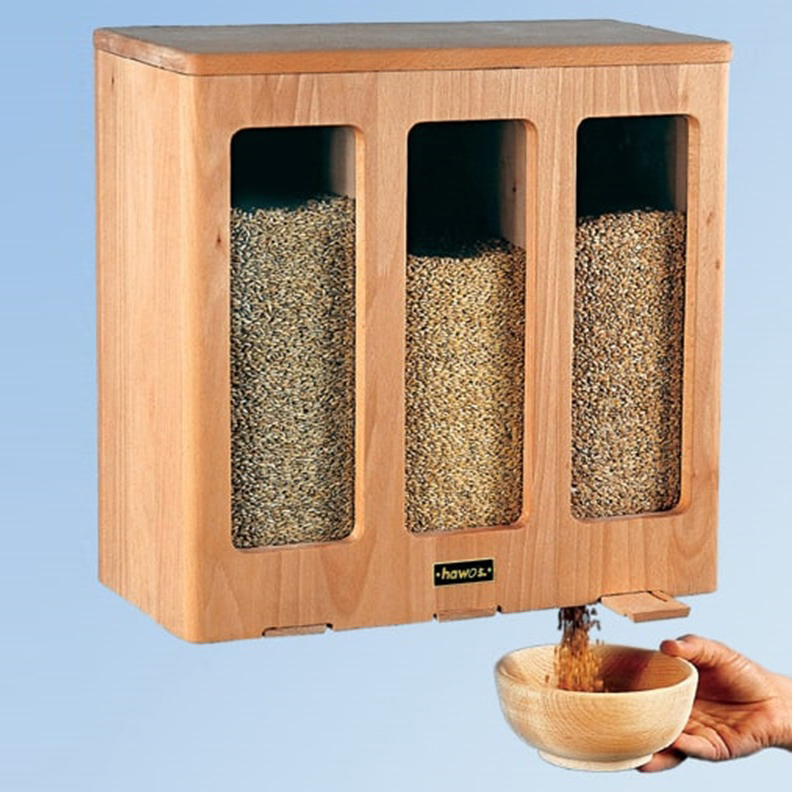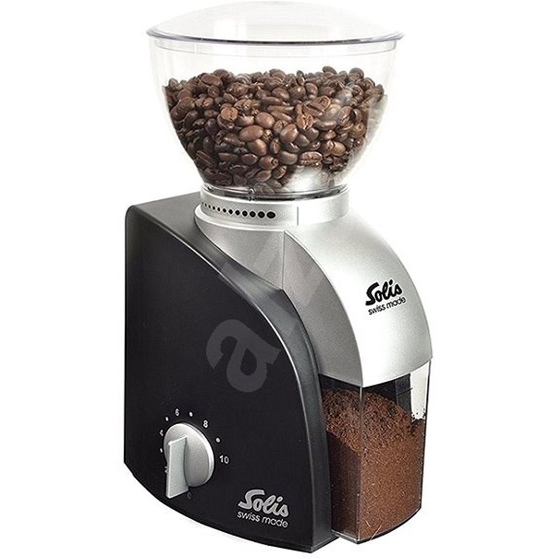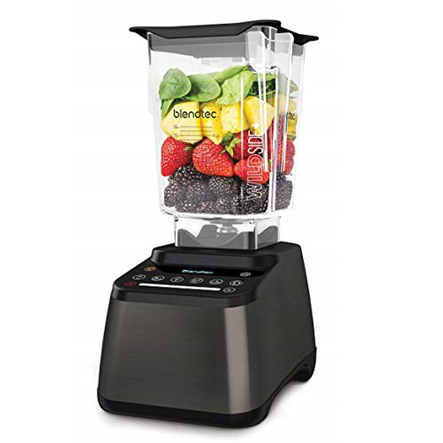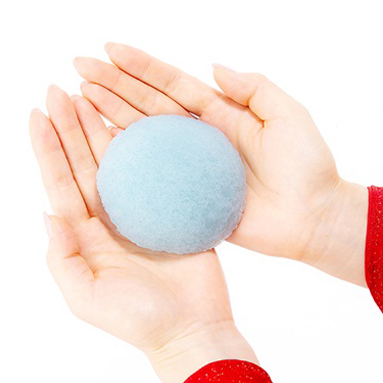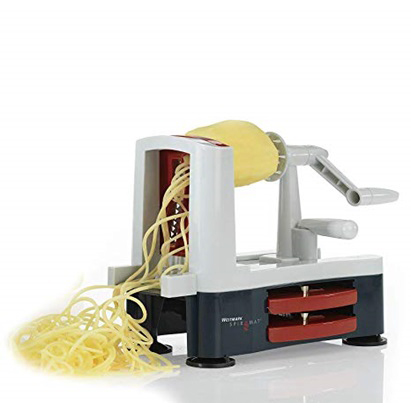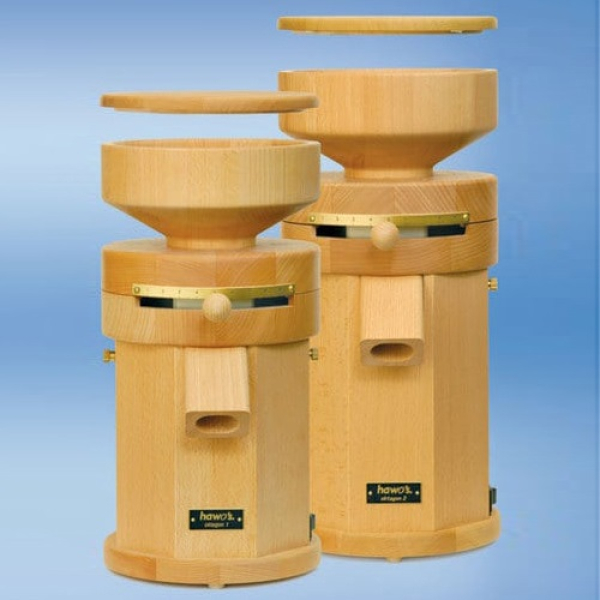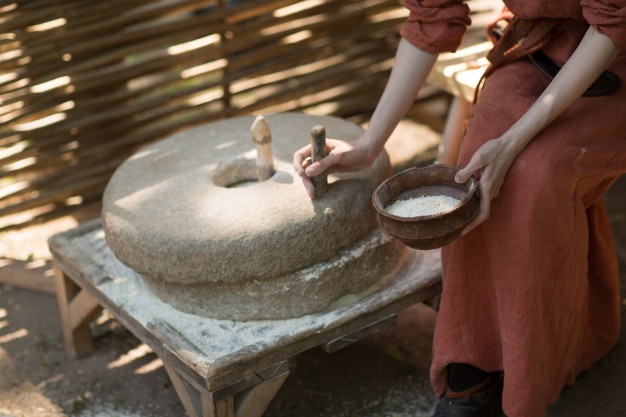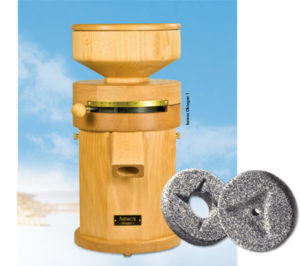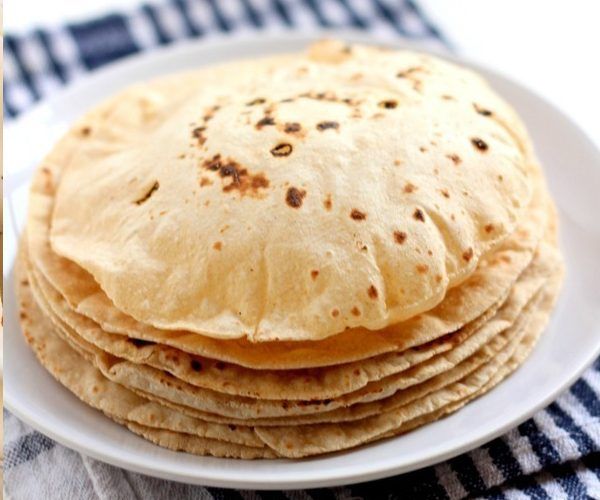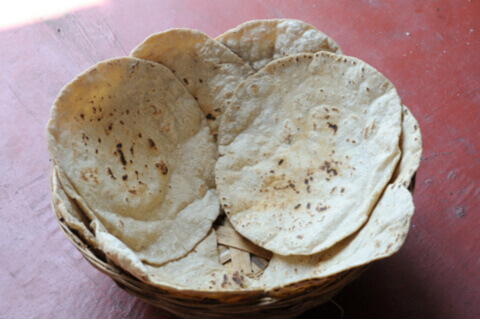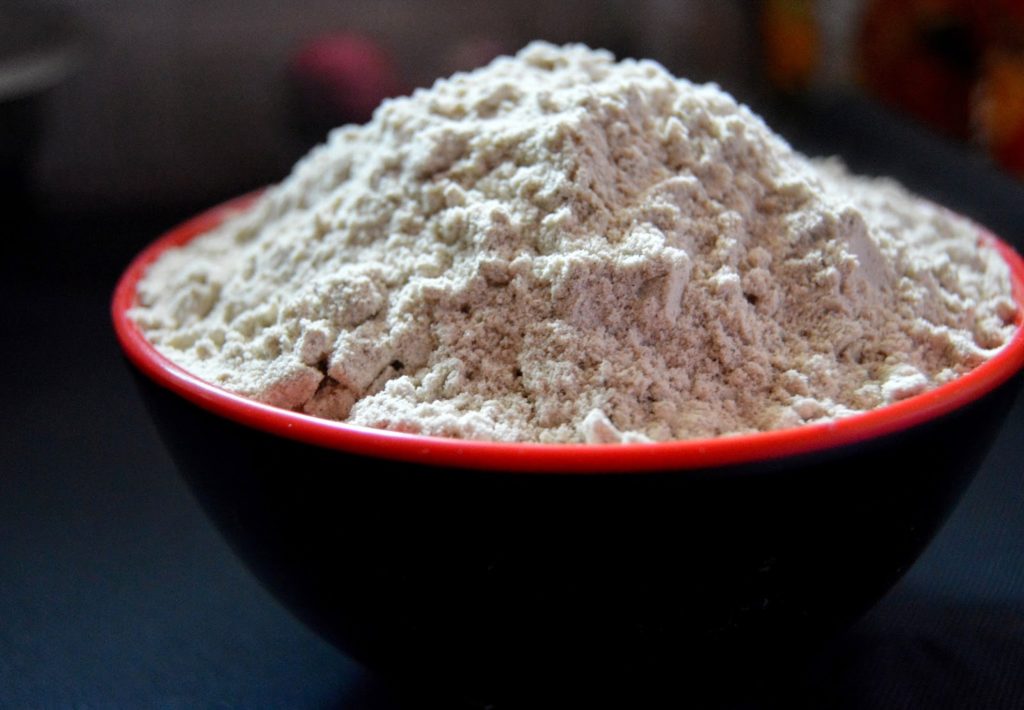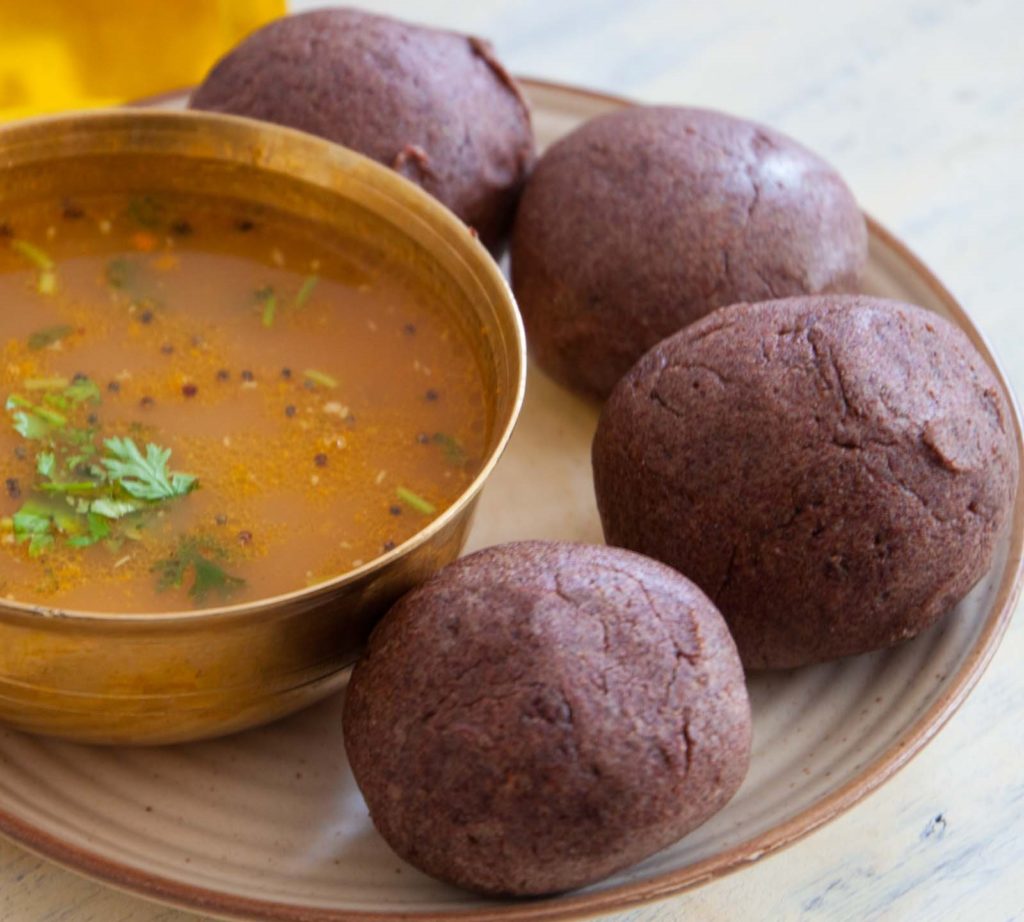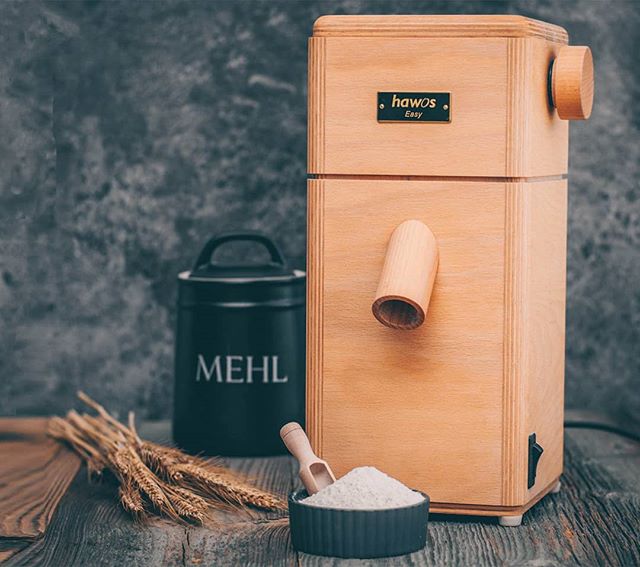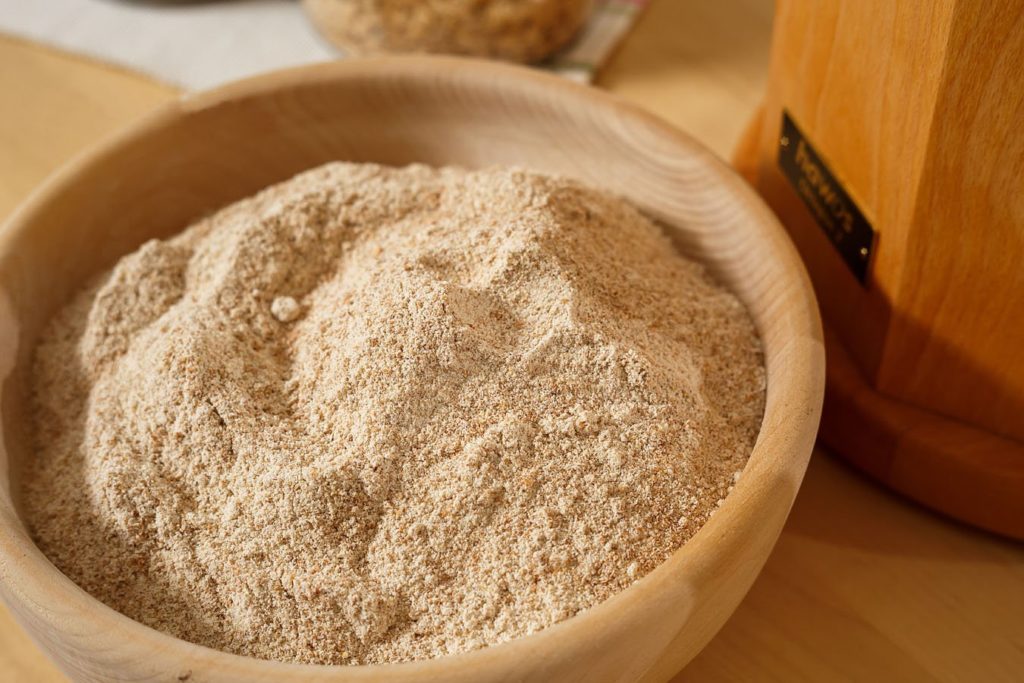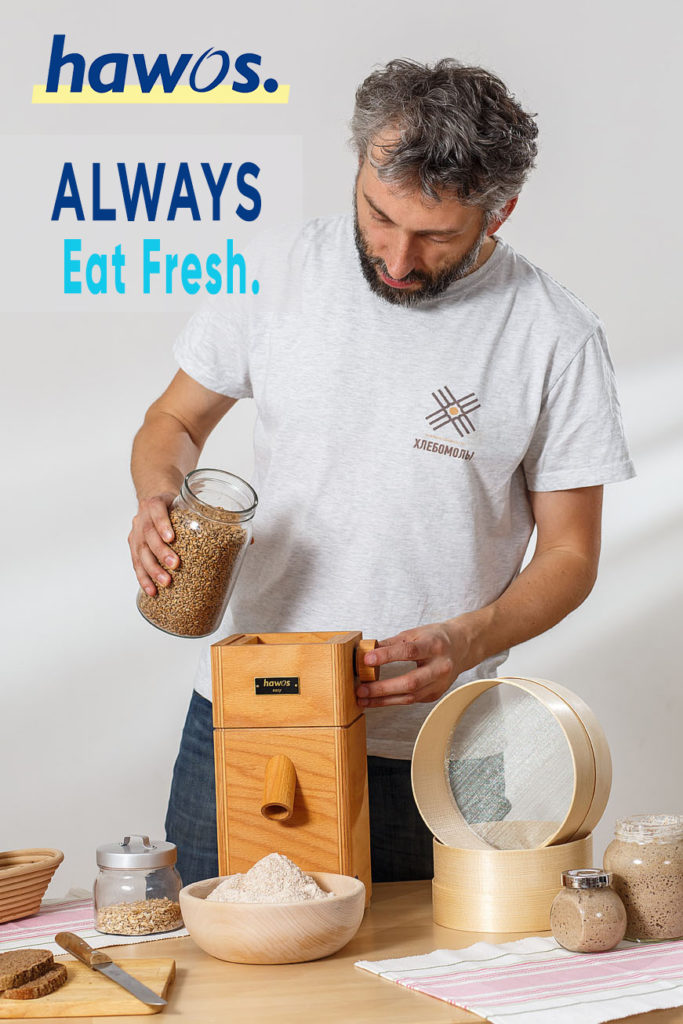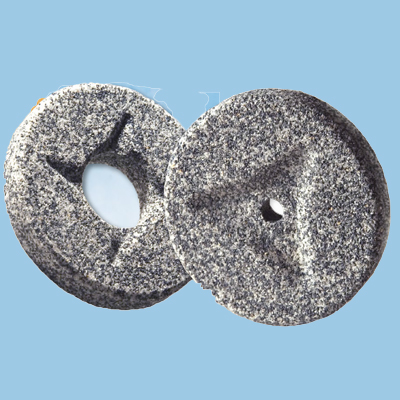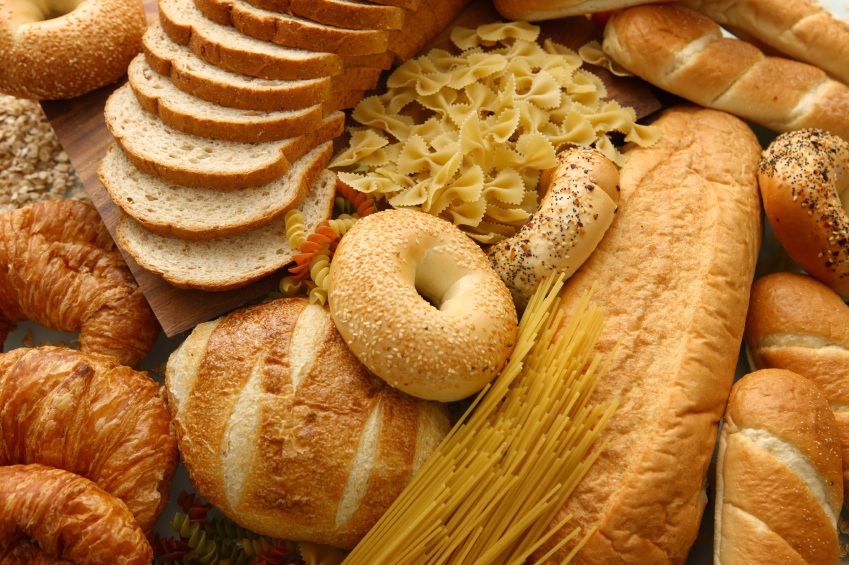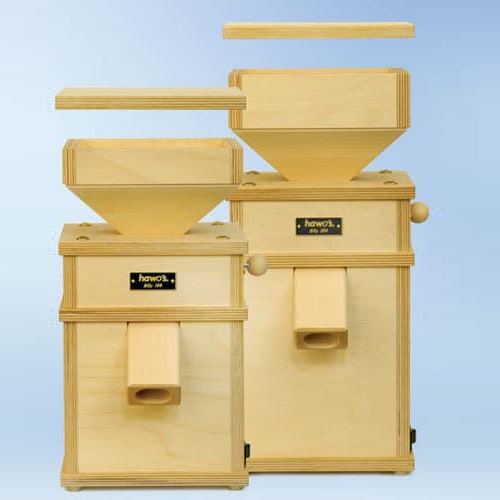Met the real food with best ingredients
Cooking works as meditation when love and patience are the main ingredients. Food is not a stuff to fill your stomach only, but nourish your body and mind as well. A lot of efforts, emotions, and best chosen ingredients, at last but not the least your willingness to cook are the key factors to create culinary wonders. Both the quality and quantity of ingredients plays a vital role in adding taste and flavor to a dish.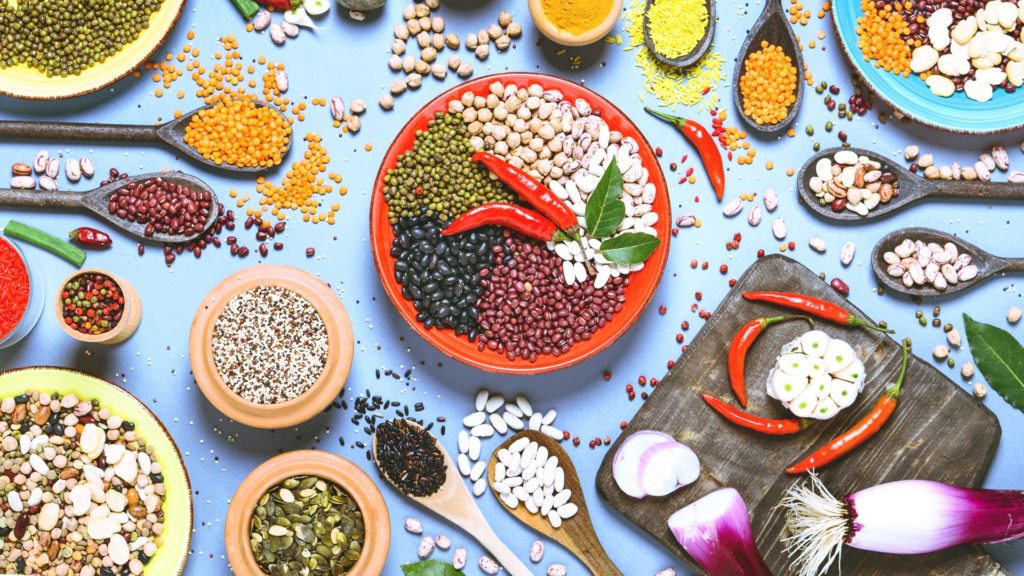
If the ingredients which are being used to cook a delicacy are fresh, hygienic and are used in accurate amount, undoubtedly the magic of your hand will turn them into scrumptious dishes. Fresh food with fresh ingredients always taste more relishing and healthful. Freshness in life in any form bring happiness, positivity which ultimately leads to a healthier you.
In Indian cuisine flour and spices are unavoidable ingredients in most of the recipes. For those times when you find it difficult to get fresh flour of any particular grain for any particular dish, need not to worry anymore, Greenfuture has brought a perfect solution for all these concerns.We are happy to introduce these wonderful milling equipment in India in 11 models delivering different capacities with same precision.
All models are surprisingly close packed (compact in size) that can be placed on your kitchen counter very conveniently, settled in less space. Adding this atta chakki in your kitchen gadgets means you are adding hygiene, freshness and more nutrition in your life. Operating these milling machine is quite a pretty easy task. They do not need any specific process of installation, nor do they require any technique to operate them. What all you have to do is just plug the mill in, press the button on and go for it. Many times few recipes demands different grain flour in less quantity for which you do not wanna store that for longer. Don’t worry with this Chhota Jadugar ( domestic flour mill ) even a spoonful of grain/spices/pulses can be ground finely without any process loss. Believe me, the taste and nutritional value of dishes using fresh flour and spices increases manifolds. Permeated aroma of home ground fresh beat quality is the proof indeed. Practicing this hygienic and healthful habit in your regular cooking enhance the flavor of course but improves your health issues as well.
Do give these domestic flour mills a try to achieve, “health bhi, taste bhi”
So, do not delay get yours in your kitchen.

